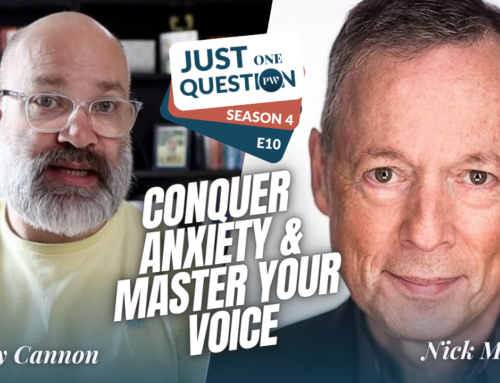
As a result, those gremlins hold more of us back more often and for longer than they need to.
In sports, the notion that you need to make allies of your mind and body in creating peak performance is well understood. The idea is simple: to imagine the ski run or the gymnastic routine or the weight-lifting sequence so that when it comes to actually doing it, you do it better.
There’s now abundant research showing that it works, although there are many questions that still need more answers, such as is it better to imagine your routine externally, like a movie, seeing yourself doing it, or internally, from your own perspective, seeing what you would see as you did it? Is it better to imagine the routine visually, forming images of the routine, or kinetically, feeling your muscles go through the routine? Or is some combination of the above the most effective? The research hints at the latter, but more needs to be done.
Further, is it better to imagine good outcomes, or to imagine yourself avoiding bad outcomes? (Focusing on good outcomes seems to work better, but not always.) Is imagery best for easing performance anxiety, or for focus — increasing your physical symptoms to be like game day? (It appears that you need a bit of both, but it depends on the desired outcome.)
These early research results in sports imagery hint tantalizingly at what might work for improving public speaking. As I discuss in detail in my forthcoming book, Power Cues, there are ways to ease or even eliminate public speaking anxiety that I have worked on with my clients (and myself) based on various aspects of sports imagery.
Just as in high-level sports competition, the question for public speaking is to what extent is adrenaline your friend, helping you achieve peak performance, and to what extent does the anxiety that typically accompanies adrenaline produce negative symptoms and consequences?
The research on these and many other questions is inconclusive to date, and much remains to be done, but it is clear that imagery improves performance, especially at peak levels. Anyone not using imagery is condemning themselves to second rate status in winner-take-all fields and activities.
If you’re interested in learning more about the subject, take a look at Imagery in Sport, by Morris, Spittle, and Watt. This book is an excellent introduction to the state of the research on the subject in sports – and it’s a great place for public speakers and leaders to start thinking about imagery in their fields.








Hey Nick. That’s a great article on visualization as it relates to public speaking. You don’t hear a lot of people talking about the connection, although it definitely exists. When I’m about to compete, I take a few minutes to find a quiet space and visualize myself engaging with the audience. I try to feel the connection between myself and the crowd, and visualize myself with all of my focus on the needs of my audience. I’ve used that technique for the last 2 years. It’s nice to see someone writing about it.
Thanks, Ian, for the comment. I would love to hear more about your specific technique and how it has developed over time. Email and perhaps we can do a Q n A blog post, or something like that. nick@publicwords.com